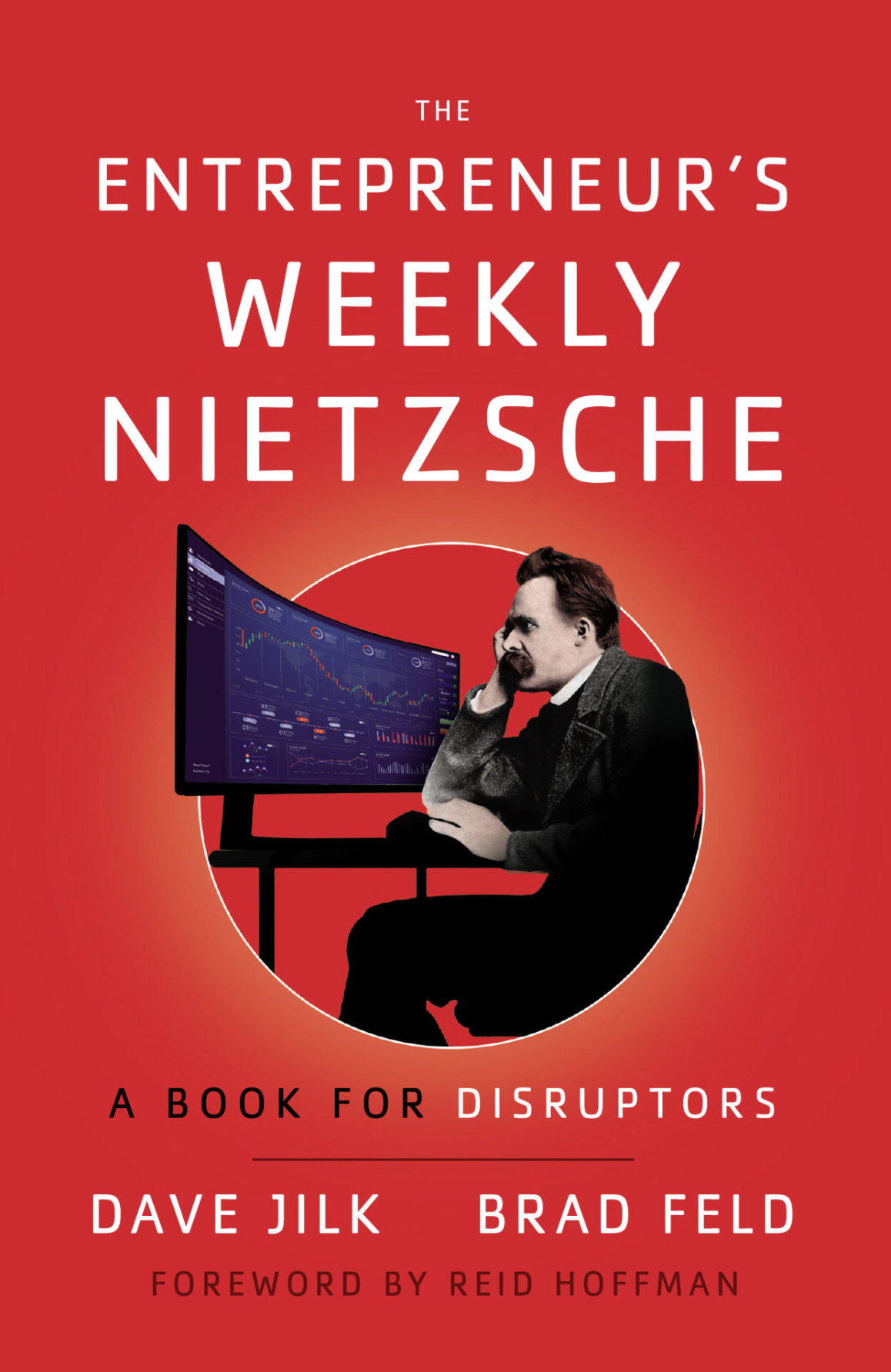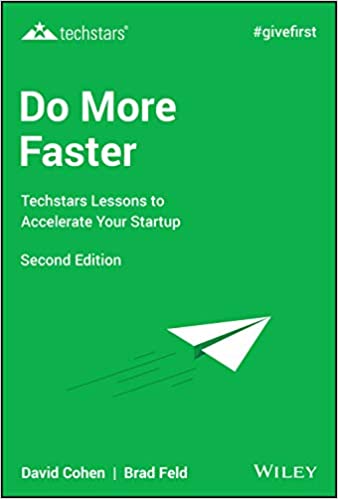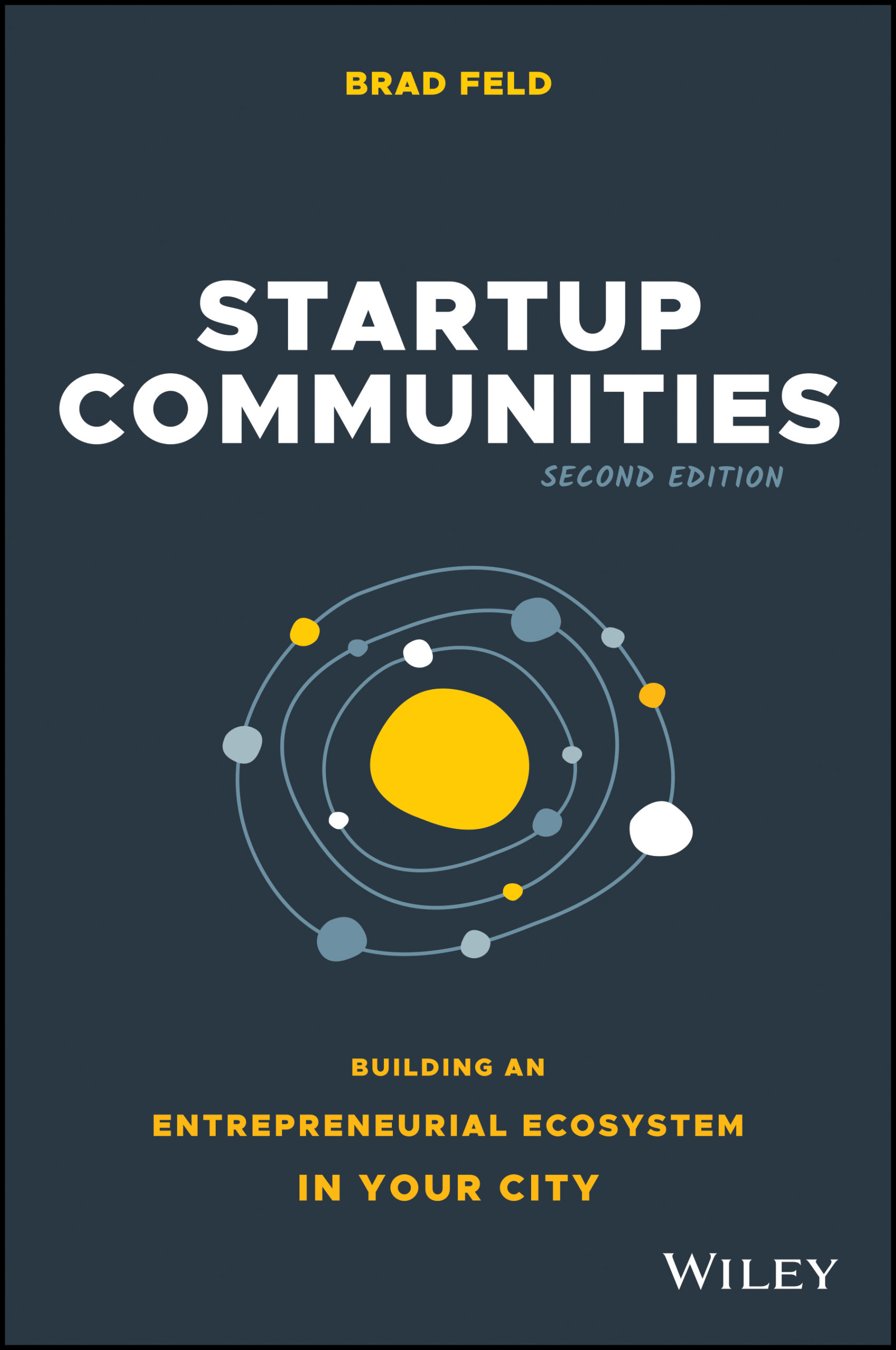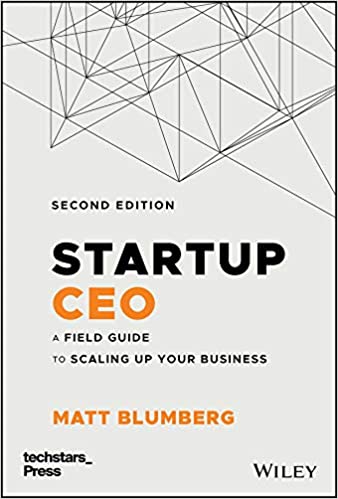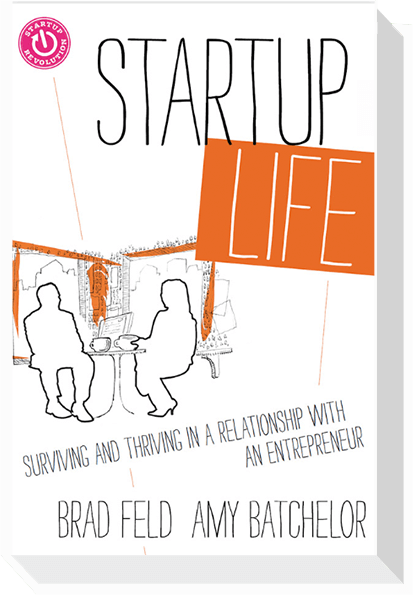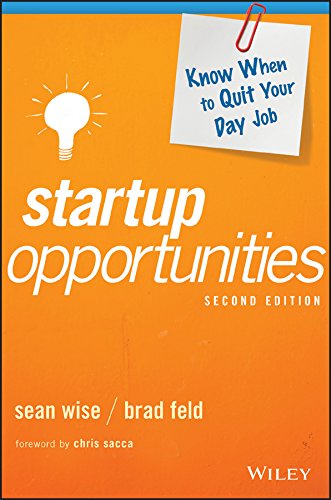The J-Curve of Startup Community Transition
In The Startup Community Way, my upcoming book with Brad Feld, we explain that startup communities must be viewed through the lens of complex adaptive systems. Such systems are characterized as having many elements (people and things), interdependencies (connections between them), feedback loops (actions lead to reactions), and as being in a constant state of evolution (never at rest).
We make the effort to explain the complex systems framework and tie it to startup communities because the nature of these systems requires a very different type of engagement than we are used to in most of our professional and civic lives. Complex systems require different skills (diversity v. expertise), mental processes (synthesis v. analysis), tactical approaches (experimentation v. planning), and goals (right conditions v. right outcome), among other factors we discuss in the book.
One prominent condition in complex adaptive systems that I want to talk about today is Basins of Attraction. In neoclassical economics, it is assumed that the economy (also a complex adaptive system) is moving towards a point of stability—an equilibrium. This is done for reasons of simplifying mathematics, but it also has the impact of making many economic predictions unreliable.
Instead of a single point of stability, Basins of Attraction takes the view that there are many such potential “resting places” and that a complex evolutionary process will determine which of these wins out. Basins of Attraction in complex systems—like startup communities—can be thought of as a sort of center of gravity where things can get stuck. Critically, they can get stuck in “good” or “bad” outcomes.
A critical job of startup communities, then, is to apply maximum pressure over a sustained period of time to “push” the system out of a bad outcome—freeing it from the powerful gravitational forces holding it back and allowing it to move to a better state of being. This means that in order to move a startup community forward, you need to introduce a lot of instability—to “shock” the system out of its slumber.
To visualize this, I’ve produced what I’m calling The J-Curve of Startup Community Transition. I adopted it from the political scientist Ian Bremmer, whose 2007 book The J Curve: A New Way to Understand Why Nations Rise and Fall, plots a similar J-curve relationship between stability and openness for nation-states. Here, I show a relationship between stability and vibrancy or sustainability of startup communities.
The J-Curve of Startup Community Transition demonstrates that communities can become locked-in to a state of low vibrancy, which is hard to break free. This state is a low performing one, and if it persists, the startup community will persist in a zombie-like condition. In order to get to a more vibrant and lasting condition, low performing startup communities will have to go through a transition period where things become less stable—this can be a painful experience, but a necessary one.
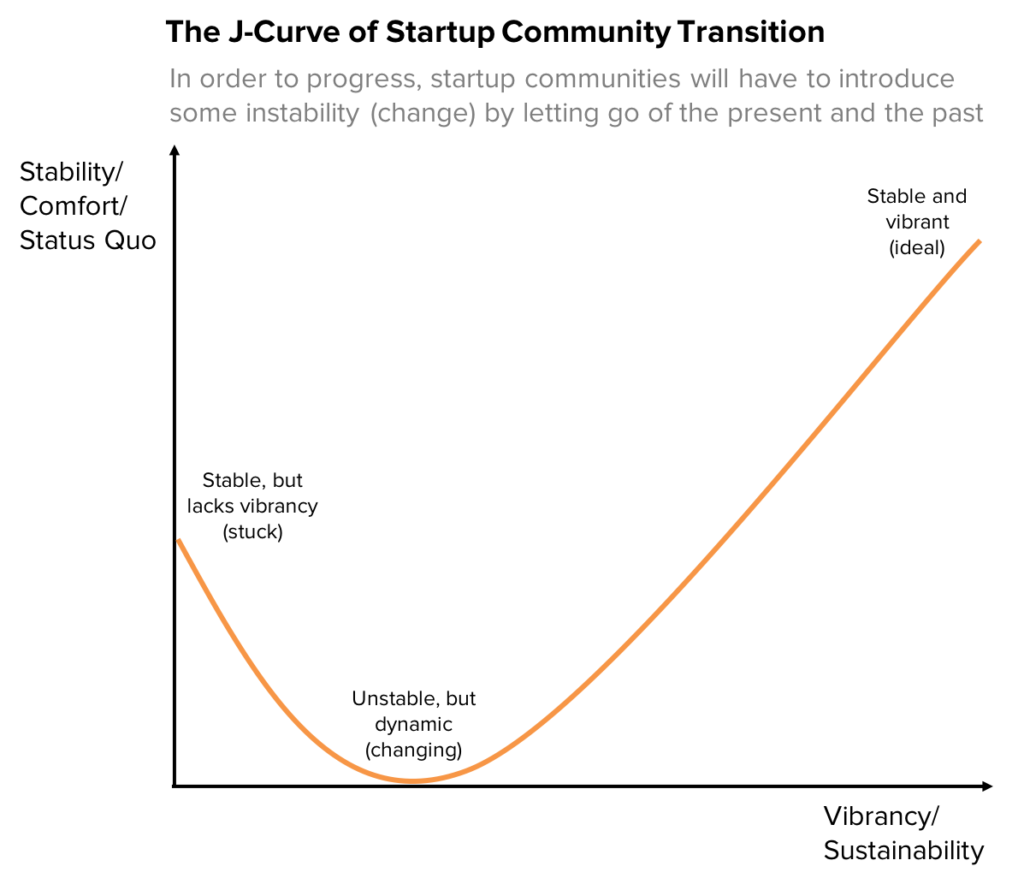
What I think of as introducing instability is trying big bold ideas—initiatives that may result in repeated or even spectacular failures, that mix things up, and that push the boundaries of people, forcing them to improve. This transition will be uncomfortable for many, because it directly challenges powerful incumbents, entrenched interests, controlling powerbrokers, and stale yet comfortable ways of thinking and behaving.
Nobody knows which ideas will ultimately be the right ones, but it has to be done. That is why we focus on taking an empathetic, open mind into a process of trial and error—trying many things until you figure out what works and what doesn’t. That is also why we promote a radical embrace of inclusion, because the best ideas often come from unexpected places. Many approaches will fail, but it only takes one or two good ones to fundamentally alter a startup community’s trajectory forever. Find those. Be bold. Mix things up. Get unstuck.


